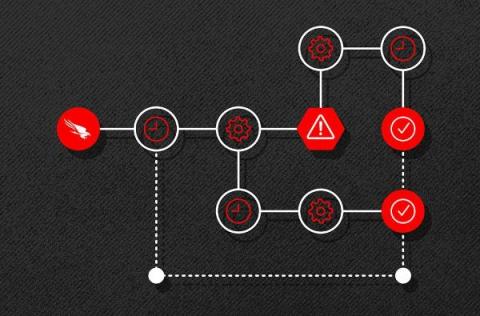Dani Grant (Jam.dev) | Fixing Bugs, Building a Company, and the Future of the Web
Dani Grant, co-founder of Jam.dev, talks about her company, how they are trying to fix the bug process for developers, and also discusses how Jam.dev uses Cloudflare. We also go over what a better internet for the future looks like, and the challenges and opportunities in the AI era.











